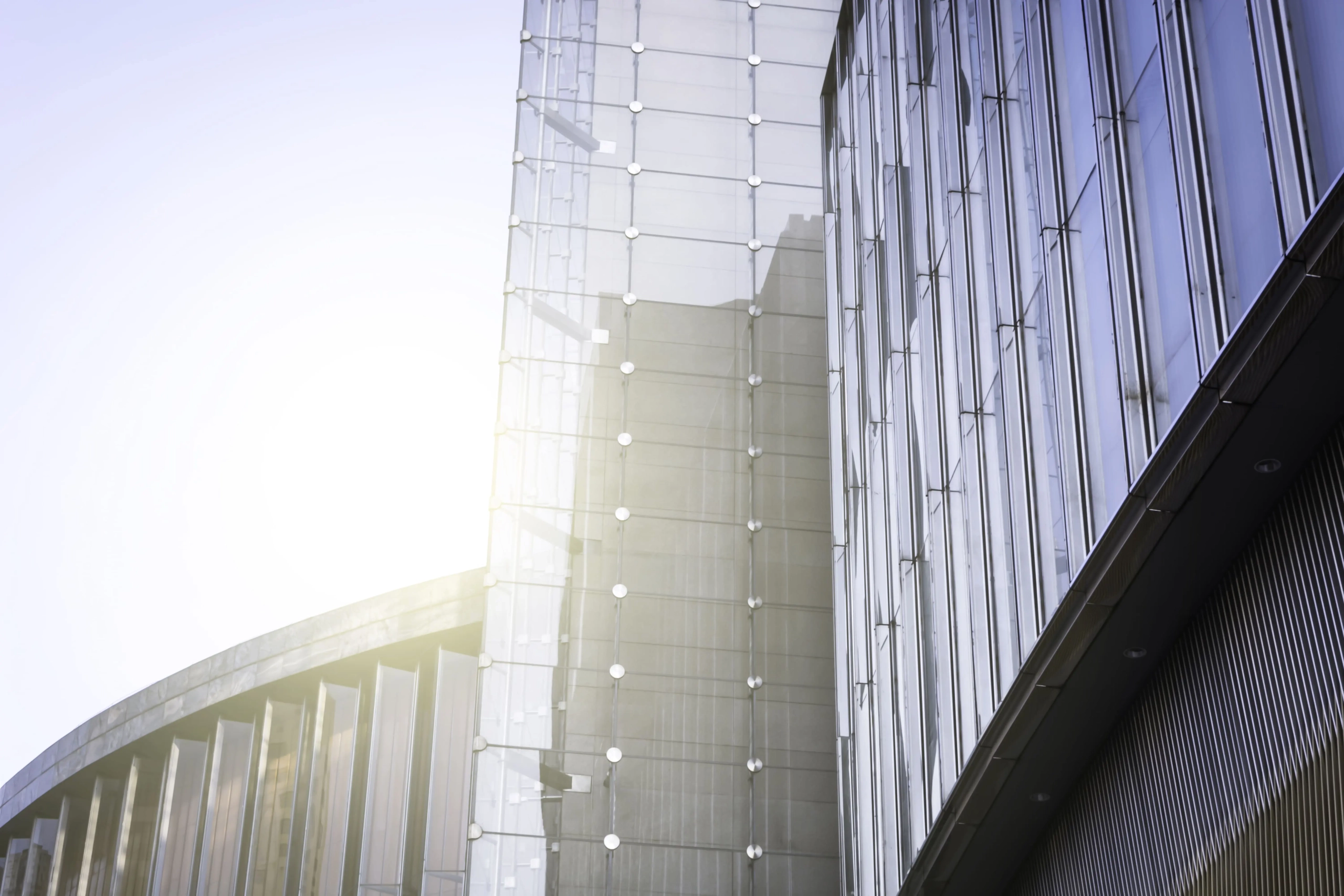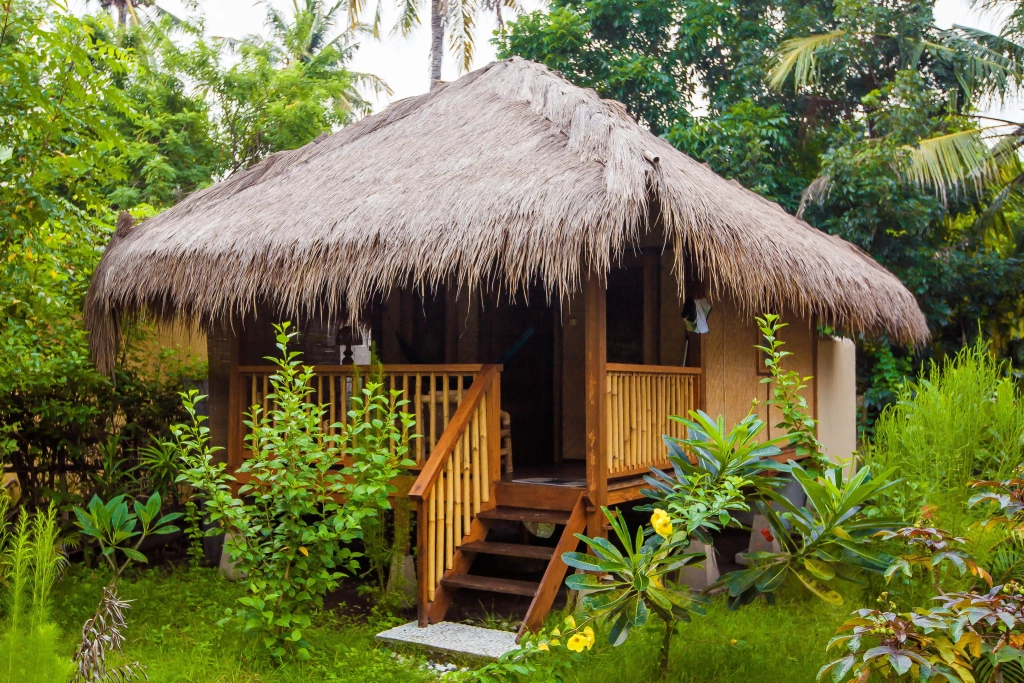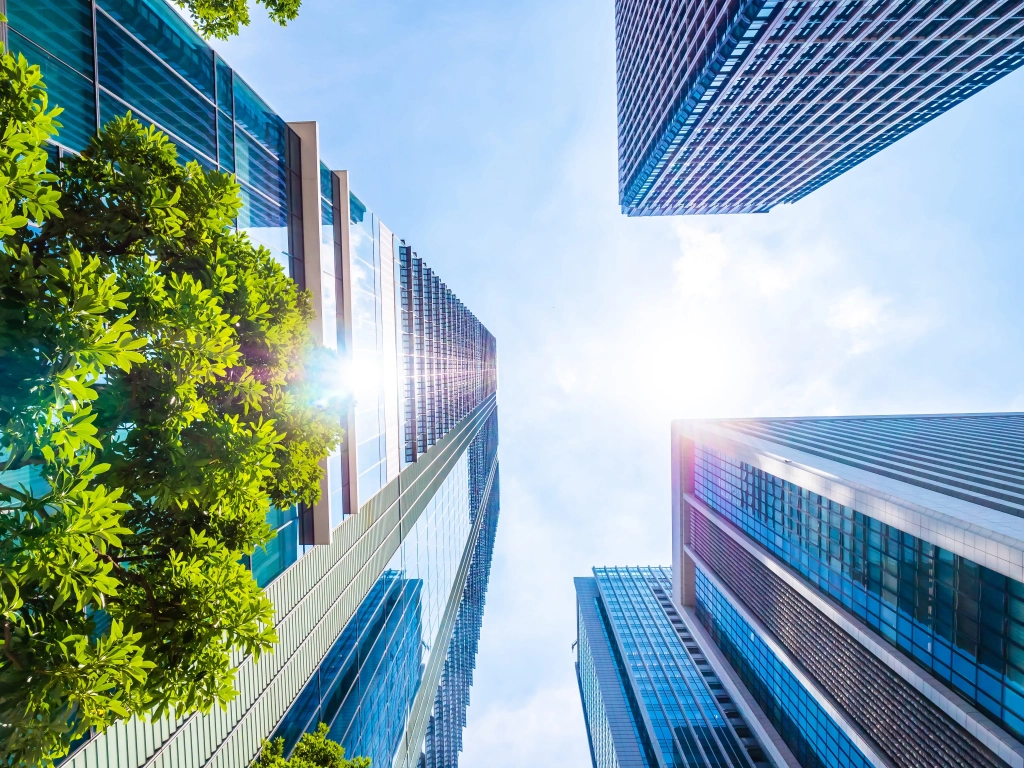Revolutionary Innovative Designs: Earthquake-Resistant Buildings

The Philippines has historically been a hotspot for both breathtaking beauty and natural challenges. Its location on the Pacific Ring of Fire demands an innovative approach to infrastructure.
Here, we journey through the nation’s inspiring initiatives to create earthquake-resistant buildings, aiming to preserve its captivating culture and guarantee safety for future generations.
RELATED: Home Recovery: Natural Disasters and What You Can Do To Prepare
Earthquake-Resistant Buildings in the Philippines
Despite being frequently rattled by tremors, the Philippines refuses to be shaken in spirit. Through sheer will and innovation, the nation crafts architectural wonders designed to stand tall amidst the ground’s furious dance.
The Geographical Challenge: Deep Dive into the Philippines’ Terrain
The Philippines doesn’t just stand on shaky ground; it stands on one of the most seismically active regions in the world. The Pacific Ring of Fire encompasses the Philippines, demanding a blend of technology, innovation, and traditional wisdom to tackle its frequent seismic tantrums.

Historical Approach to Earthquake-Resistant Architecture
From quaint Bahay Kubos to grand Spanish-era churches, the Philippines has a rich history of architecture that dances with the tremors. But as cities burgeoned, the nation had to innovate beyond tradition to safeguard its urban landscapes.
Modern Innovations and Techniques
Base Isolation System: A marvel in engineering that lets a building dance freely during an earthquake, minimizing damage.
Reinforced Concrete with Flexible Frames: These frames act like a building’s spine, flexible yet strong, bending but not breaking during seismic activities.
Damping Systems: Think of it as a building’s shock absorber, reducing the tremor’s impact and preventing structural damage.
Retrofitted Older Structures: An approach where older buildings are equipped with modern earthquake-resistant features, offering them a fighting chance against powerful tremors.
The Genius of Local Materials
There’s wisdom in the past. Traditional materials like bamboo and rattan are resilient, eco-friendly, and, most importantly, flexible. These materials, when incorporated into modern designs, give structures an added layer of protection against earthquakes.
Global Influence: The Philippines’ Contribution to Seismic Architecture
As earthquakes don’t recognize borders, the world has its eyes set on the Philippines. Countries with similar seismic challenges are drawing inspiration from the island nation, marking the Philippines as a global leader in earthquake-resistant architecture.
Economic Reverberations: Prosperity Amidst Tremors
This surge in innovative designs has a silver lining: economic growth. The construction and real estate sectors are booming, leading to job creation, foreign investment, and setting the stage for a resilient economy.
The Role of International Collaborations
The Philippines, realizing the magnitude of its challenges, has not shied away from seeking international expertise. Collaborations with countries like Japan and New Zealand, which have their own experiences with seismic activities, have led to an exchange of knowledge, technological innovations, and best practices in the realm of earthquake-resistant designs.
Challenges and Limitations
Every endeavor has its hurdles. In the Philippines, the challenges include financial constraints, outdated infrastructure in certain areas, and a need for more widespread awareness. However, the commitment to developing sustainable and safe structures often supersedes these limitations, showcasing the nation’s determination to forge ahead.
Embracing the Future with Hope and Innovation
Every challenge faced is an opportunity in disguise. The Philippines is poised to become a global hub for research, design, and implementation of earthquake-resistant structures, ensuring a brighter and safer future for all its inhabitants.
Building a Knowledgeable Society
Awareness is the first step towards change. Philippine educational institutions and government bodies are diligently working to educate the public about earthquake preparedness, creating a society that’s ready to face and overcome challenges.
Evolution of Building Codes in the Philippines
The evolution of building codes in the Philippines is a testament to the nation’s resilience and determination to safeguard its citizens from the threats of Mother Nature. Let’s take a stroll through time:
Pre-colonial Era: Before the Spanish colonization, indigenous Filipino communities built their houses using bamboo, palm, and other locally sourced materials. These lightweight and flexible structures, known as Bahay Kubo, inherently possessed some degree of earthquake resistance.
Spanish Colonial Era: The Spanish introduced stone and brick construction. However, devastating earthquakes in the 1600s led to the realization that heavy stone structures were not ideal in seismic zones. This prompted a shift towards “Earthquake Baroque” architecture, where churches and significant buildings incorporated thicker walls, wider bases, and shorter bell towers.
American Colonial Era: The introduction of the American building style brought about reinforced concrete structures. The emphasis was on modernization, which unfortunately sometimes overlooked local seismic requirements.
Post-Independence and the Birth of the National Building Code: The catastrophic 1968 Casiguran earthquake was a turning point. In 1977, the Philippines adopted the National Building Code (PD 1096), which laid out comprehensive guidelines for construction in the country, with specific provisions for earthquake-resistant design.
21st Century Upgrades: Recognizing the advances in seismic research and the increasing frequency of high-magnitude earthquakes, the Philippines has continually updated its building codes. These adaptations ensure the integration of the latest technologies and methodologies to achieve the best protection against earthquakes.

Sustainability and Environment: A Dual Commitment
Building earthquake-resistant structures in the Philippines is a challenge in itself. But doing so while keeping a keen eye on sustainability and environmental concerns showcases the nation’s commitment to holistic development.
Eco-friendly Materials: The resurgence of using traditional materials like bamboo and rattan in modern structures exemplifies this commitment. Not only are these materials seismic-resistant, but they are also sustainable, having a much lower carbon footprint than steel and concrete.
Green Architecture: More than just withstanding earthquakes, new buildings in the Philippines are designed with environmental efficiency in mind. Green roofs, rainwater harvesting systems, and energy-efficient designs are becoming a norm rather than an exception.
Urban Greening: Recognizing the importance of green spaces in urban planning not just for aesthetics but also for their role in environmental balance, cities are investing in parks, vertical gardens, and tree-lined avenues.
Public and Private Partnership: Bridging the Gap
The journey towards a safer and more resilient Philippines is not one the government can walk alone. Public and Private Partnerships (PPPs) have been pivotal in accelerating progress.
Research and Development: Private entities, in collaboration with the government, have funded and initiated R&D projects to find localized solutions to seismic challenges.
Infrastructure Projects: Major infrastructural projects, especially in urban centers, are often the result of collaborations between the government and private investors. These partnerships ensure that structures are built to the highest standards of safety and efficiency.
Awareness and Training: Private organizations, NGOs, and community groups, often with government support, run training programs, workshops, and awareness campaigns. These initiatives ensure that every Filipino is equipped with knowledge and tools to stay safe during seismic events.
Financial Mechanisms: Financial instruments like catastrophe bonds, introduced through PPPs, help the country secure funds for post-disaster recovery. Such collaborations ensure that in the aftermath of a calamity, the nation can swiftly get back on its feet.
The Philippines’ journey in crafting earthquake-resistant structures is nothing short of inspiring. Harnessing its rich past, embracing modern technology, and always looking forward with hope and determination, the nation is crafting a legacy of resilience, innovation, and indomitable spirit for generations to cherish.
FAQs
How does the Philippines’ location affect its architecture?
Its position on the Pacific Ring of Fire means the Philippines faces frequent earthquakes, making earthquake-resistant architecture not just essential, but a matter of life and death.
Why are traditional structures like Bahay Kubo effective against earthquakes?
Their flexibility, derived from materials like bamboo, allows them to sway with the tremors, rather than resist and break.
How are modern buildings in Manila designed to handle seismic activity?
Through a blend of cutting-edge techniques like base isolation systems, damping systems, and the use of flexible frames, modern buildings are designed to minimize damage during earthquakes.
What role does the government play in promoting earthquake-resistant structures?
The government sets strict building codes, provides funding for research, and raises public awareness about the importance of earthquake-resistant designs.
Are there any global standards for earthquake-resistant buildings?
Yes, there are global standards like the International Building Code (IBC), which provides guidelines for designing structures in seismic zones.
Read more here: AllProperties Latest Blogs




